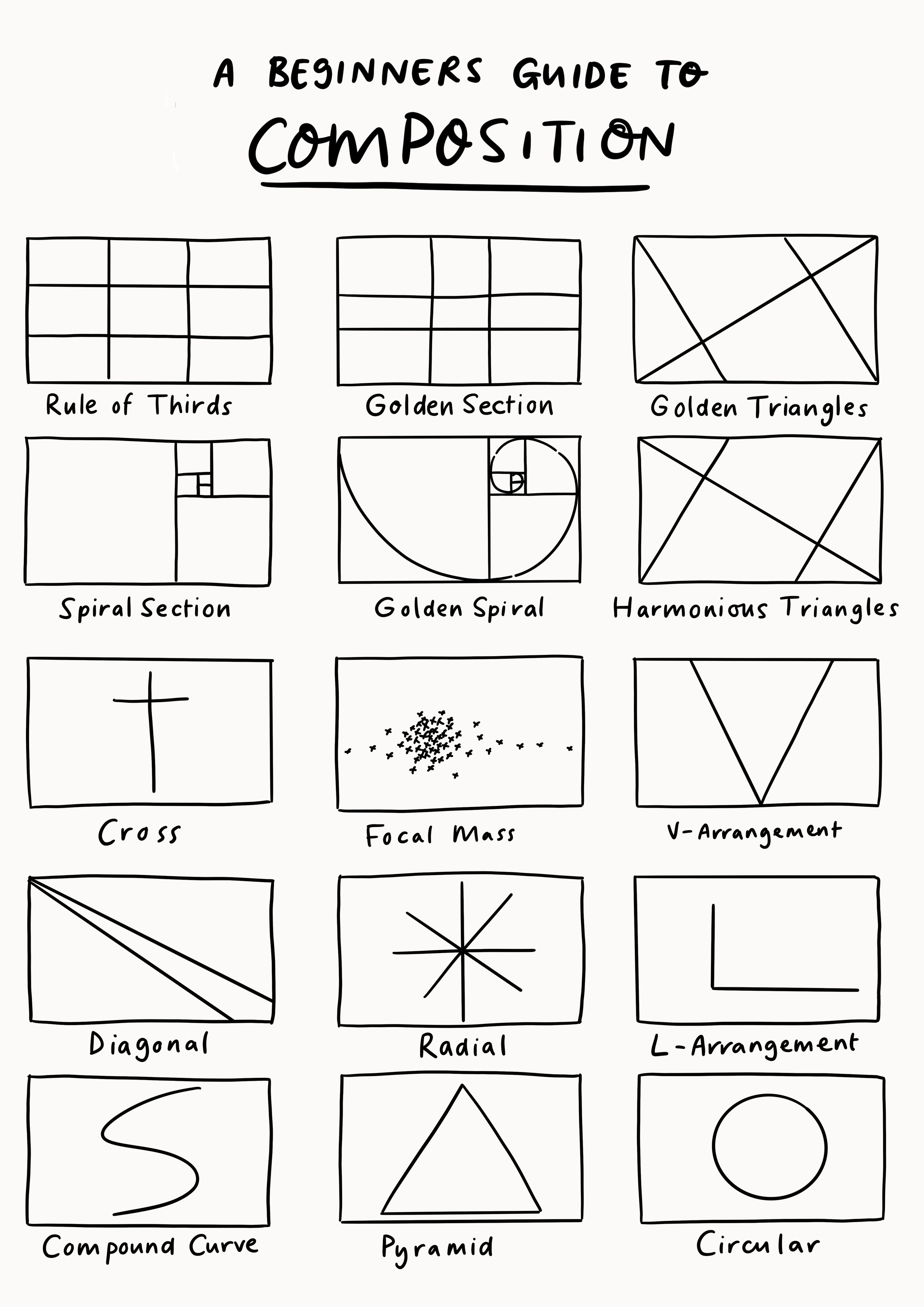

17 in G ♯ minor by Nikolay Myaskovsky, in many parts of the first movement. 1, by Edward Elgar, in the second movement. 1, by Béla Bartók, in bars 3, 10, and 22 of the third movement. Rapsodie nègre by Francis Poulenc, for some bars in the third movement, "Honoloulou".22, by Anton Webern, in many bars of the second movement. 53, by Alexander Scriabin, at bars 251 to 262 ( Presto giocoso). 43, by Harry Farjeon for a few bars in the first movement. 8 Nocturnes, FP 56 by Francis Poulenc, at bar 27 of No.Mladi by Leoš Janáček, at measure 68 of the second movement.La Langeur, from Le follie francaise ou les dominos from Pièces de Clavecin by François Couperin.Káťa Kabanová, by Leoš Janáček, for some measures in Act III between rehearsal numbers 5 and 8.23, by Anton Webern, in some parts of the second song. 23 by Arnold Schoenberg, at bar 9 of the second piece. 14, by George Enescu, at bar 240 of the third movement (fifth bar before rehearsal number 42). Carmina Burana by Carl Orff, in some bars of some movements.60 from Mikrokosmos by Béla Bartók, in one measure. Appalachian Spring, by Aaron Copland, at the third bar of rehearsal 46 and the third bar of rehearsal 48.Air - Homage to Sibelius by Thomas Adès.Movement II is in Prestissimo 1ġ, except for the trio section, which is in Allegretto 6 Rhythmicana by Henry Cowell, for the entire first two movements.Leopardi Fragments by Peter Maxwell Davies.Entr'actes and Sappho Fragments by Harrison Birtwistle.Enigma Variations by Edward Elgar, in Variation VII.For example, the Passacaglia from Britten's opera Peter Grimes consists of variations over a recurring bass line eleven beats in length but is notated in ordinary 4Ĥ time, with each variation lasting 2 + 3⁄ 4 bars, and therefore commencing each time one crotchet earlier in the bar than the preceding one. Frequently, published editions were written in a specific time signature to visually signify the tempo for slow movements in symphonies, sonatas, and concerti.Ī perfectly consistent unusual metrical pattern may be notated in a more familiar time signature that does not correspond to it. The chosen time signature largely depends upon musical context, personal taste of the composer or transcriber, and the graphic layout on the written page. The conventions of musical notation typically allow for more than one written representation of a particular piece. "Unusual" is here defined to be any time signature other than simple time signatures with top numerals of 2, 3, or 4 and bottom numerals of 2, 4, or 8, and compound time signatures with top numerals of 6, 9, or 12 and bottom numerals 4, 8, or 16. This is a list of musical compositions or pieces of music that have unusual time signatures. You can help by adding missing items with reliable sources. This is a dynamic list and may never be able to satisfy particular standards for completeness.


 0 kommentar(er)
0 kommentar(er)
